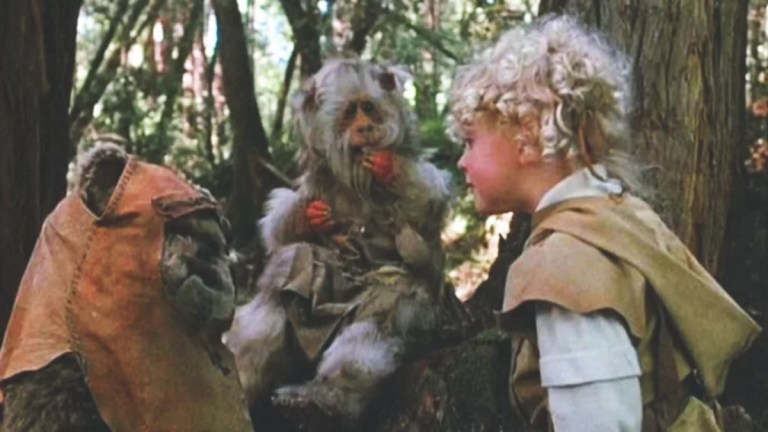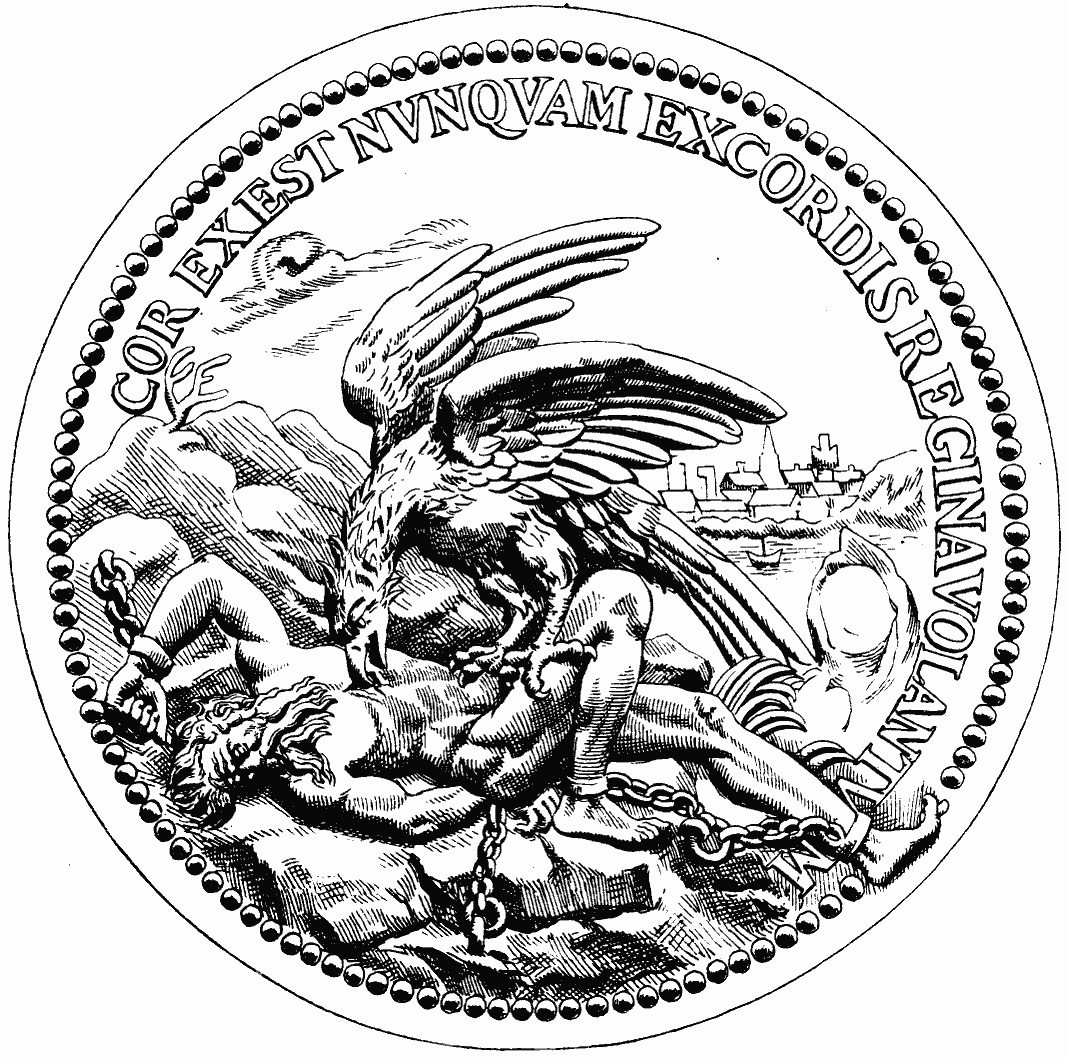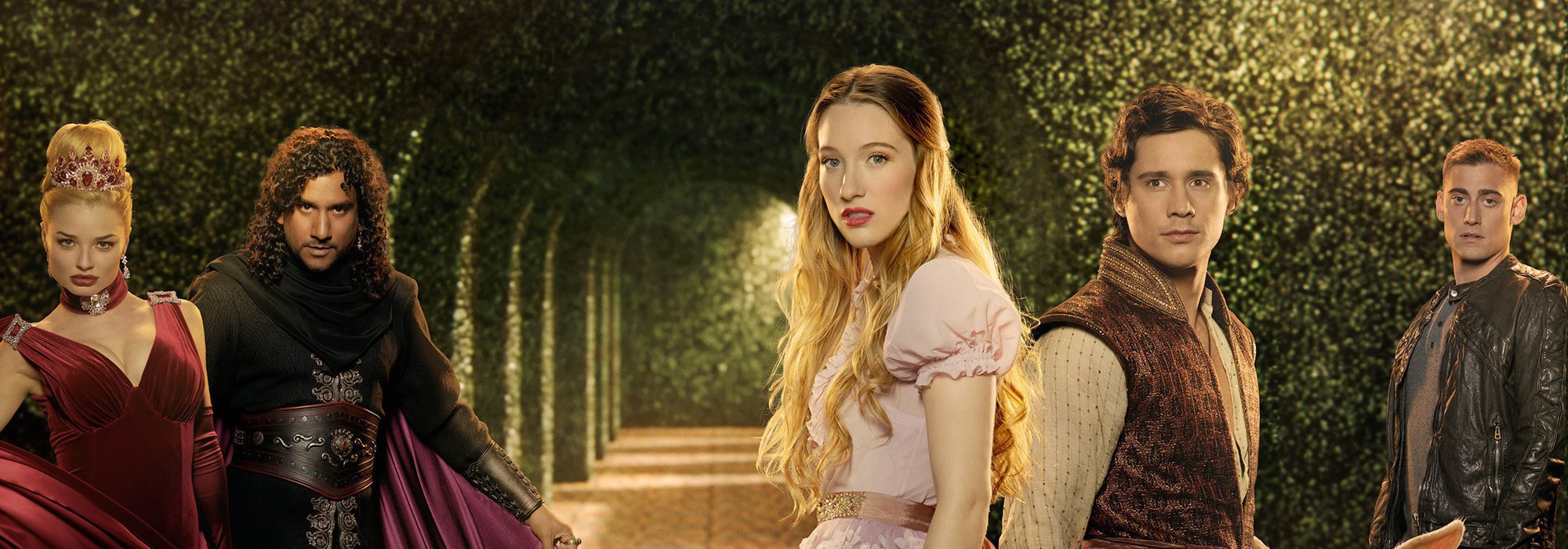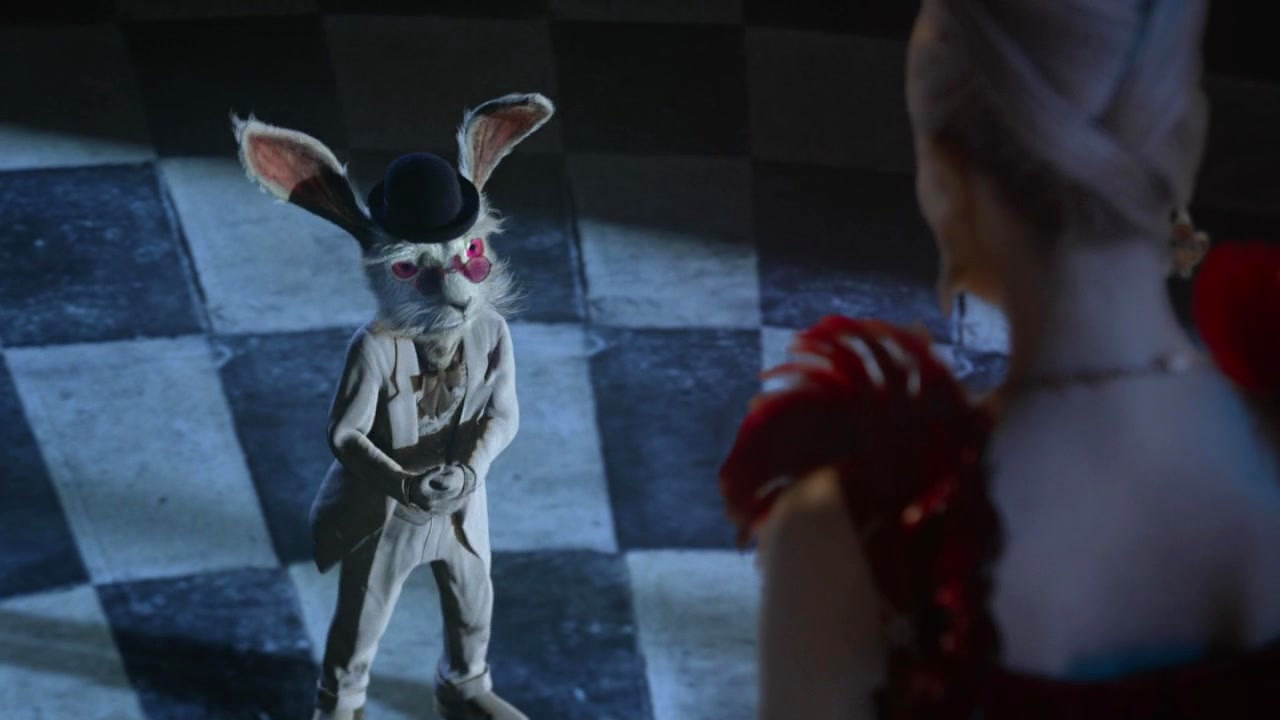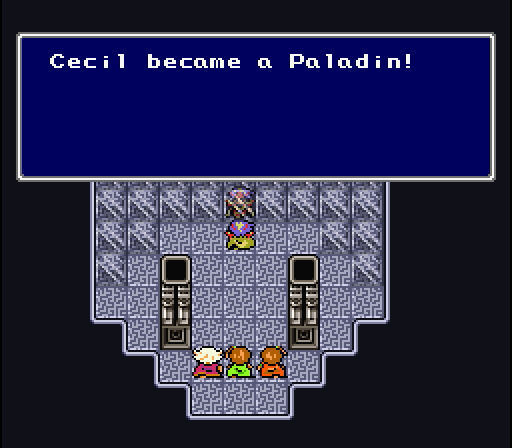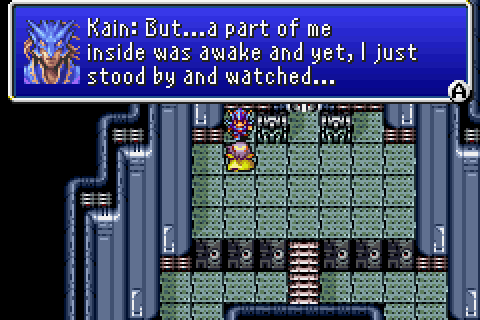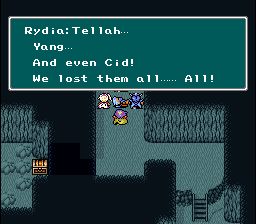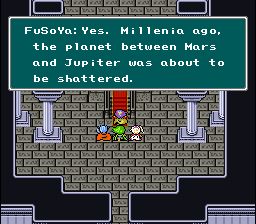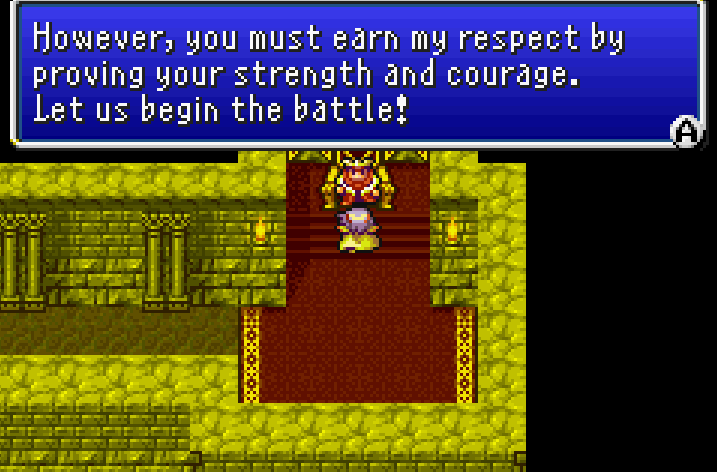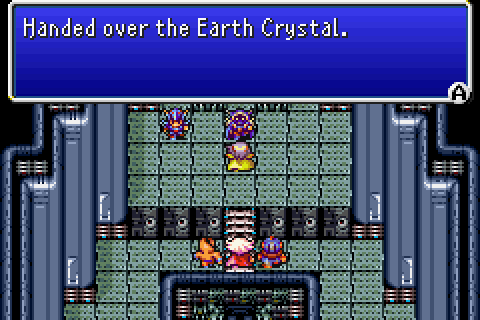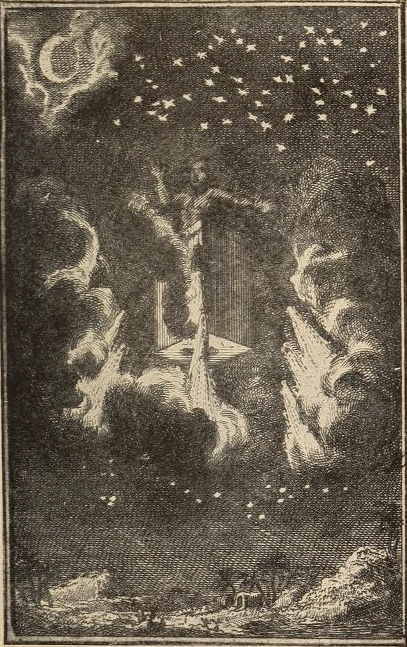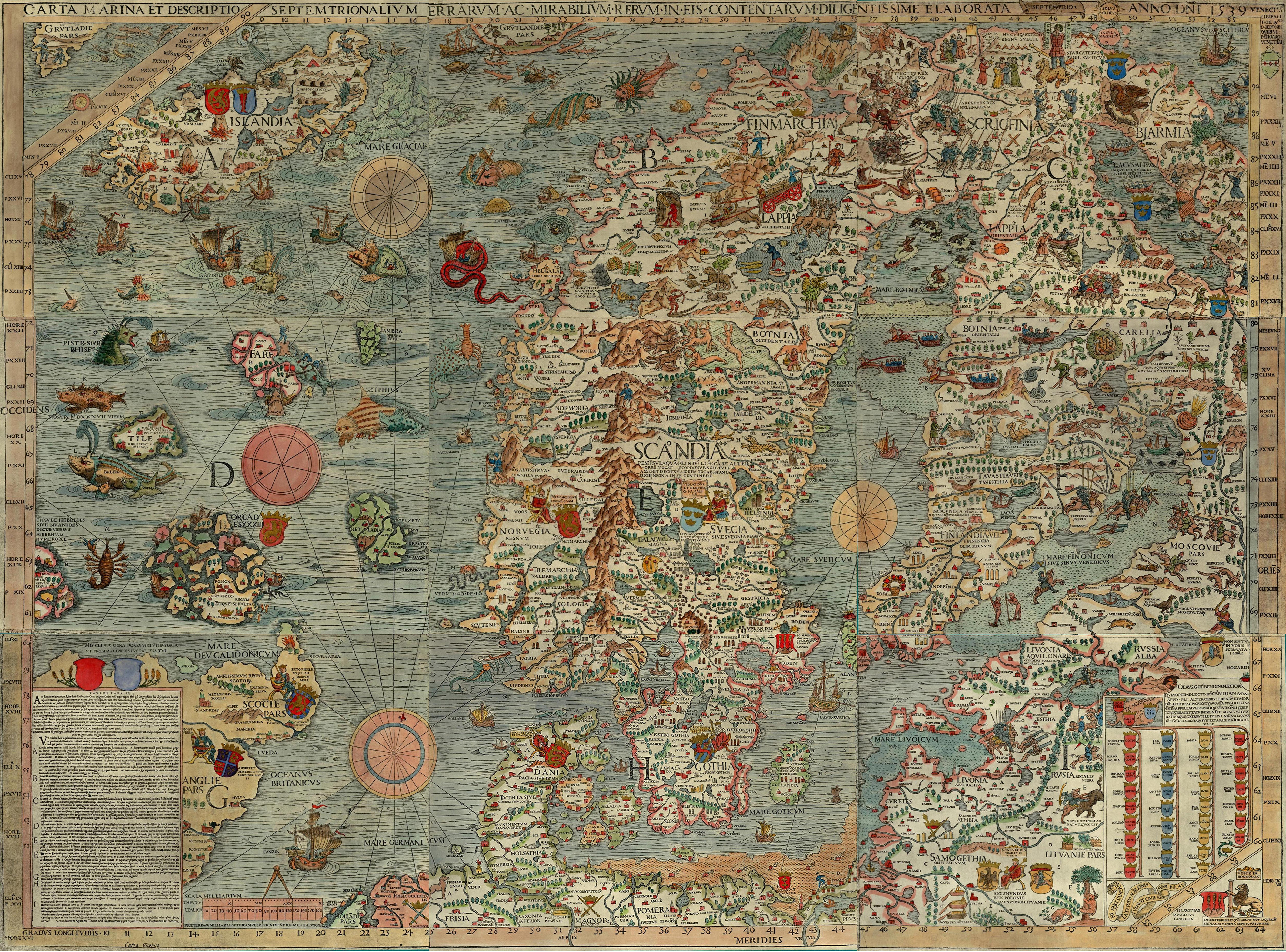Or at least it’s portrayed as such in one of the movies I saw in the past few days. Again, there are three here, and SPOILERS of varying severity for all three.

The Strangers, Chapter 1 – I know I watched the original film before, but I don’t remember that much about it. Beth likes several movies where the villains have absolutely no motive, and they just torment someone because they happen to be around. I guess that’s kind of extra scary to me, as a person who doesn’t really have enemies (as far as I know, anyway) but would also be hopeless at defending myself. We saw this one at the theater, and I think it was definitely by-the-numbers, and rather overdone in some respects. Seeing someone show up in the background in a mask is scary at first, but becomes less so once the audience already knows they’re there. That said, I don’t think it really deserves the bad reviews it’s been getting either; it’s a decent enough movie for what it tries to be. It takes place in rural Oregon, with a couple on their way to Portland spending the night in a tiny rural town at an Airbnb cabin after their car breaks down. I have to wonder what they were going for with the setting, as I generally think of Oregon as being a pretty liberal, tolerant state, while here it wasn’t particularly different from any creepy rural community from a film like this, full of nosy hyper-religious people, who don’t have any vegetarian options on their restaurant menus. Oregon probably does have parts like that, though. Three people in masks, one a burlap sack and the others resembling dolls, show up at the cabin to torture and eventually kill the couple.

One thing that’s left mysterious is whether anyone else in town is complicit in this, or there were just a lot of red herrings. Maybe we’ll find out more about that in the sequels, if they’re ever made. There’s one scene where the guy is dropping a bunch of ketchup, and it suddenly switches to blood dripping from a dead bird on the ceiling, and I have to say I might have found the ketchup more disturbing.

X – We saw a preview for a sequel to this at the movies, so we watched it the next day. If you like movies that constantly cut from one scene to another in a way that makes you think for a second that they’re the same, well, there’s a LOT of that here. The story is about three men and three women who are renting space on a weird old couple’s property in Texas so they can make a porno. The couple living there seem to mostly be motivated by jealousy of young people and their sexual proclivity, but the woman, Pearl, is particularly obsessed with Maxine, who’s played by the same actress. It was definitely creepy, but I don’t think the psychological themes were really as developed as it seems like the creators wanted them to be. I did think it was funny that the director was obsessed with making the porn movie artistic and cinematic when what we saw of it really wasn’t at all. Fortunately, Elon Musk had nothing to do with this film.

Muppets from Space – This one is a lot different from the other two, isn’t it? It was kind of a palate cleanser for me. Beth isn’t a Muppets fan, but she said she liked this one better than Treasure Island. I believe we’ve seen all of the theatrically released Muppet movies now. Although it’s centered around Gonzo feeling lonely because he’s the only one of his kind, it doesn’t really have as much of a story as other Muppet films, instead focusing more on just being weird and goofy. As such, I can see why it wasn’t all that successful, but I still found it entertaining. It has a whole bunch of Muppets living together in the same house, and Gonzo having dreams where he finds out he’s from another planet, and he has to send a message to the aliens.

The villain, played by Jeffrey Tambor (who was also the Wizard in The Muppets’ Wizard of Oz), is the director of an organization that tracks alien activity, but he’s not very good at his job, and is constantly reprimanded by his superior for his lack of evidence. He kidnaps Gonzo to try to interrogate him, and forces Rizzo, who accompanies him, to be a lab rat in experiments run by a sadistic David Arquette. Hulk Hogan, who was playing a heel at the time, also worked at the lab. Kermit, Fozzie, Miss Piggy, Animal, and Pepe the King Prawn go to the research facility to rescue Gonzo, using spy equipment developed by Bunsen and Beaker. Eventually, disco-dancing aliens from Gonzo’s home planet show up and offer to take him back with them, but he decides not to go.

They do, however, take Tambor’s character as an ambassador. I actually remember a Muppet Babies segment where Gonzo imagines himself as the last survivor of an alien civilization in a Superman parody, so I guess that idea had been around well before this movie. This was the only theatrical Muppet film not to have any original songs, instead having a soundtrack made up mostly of stuff from the seventies.

















